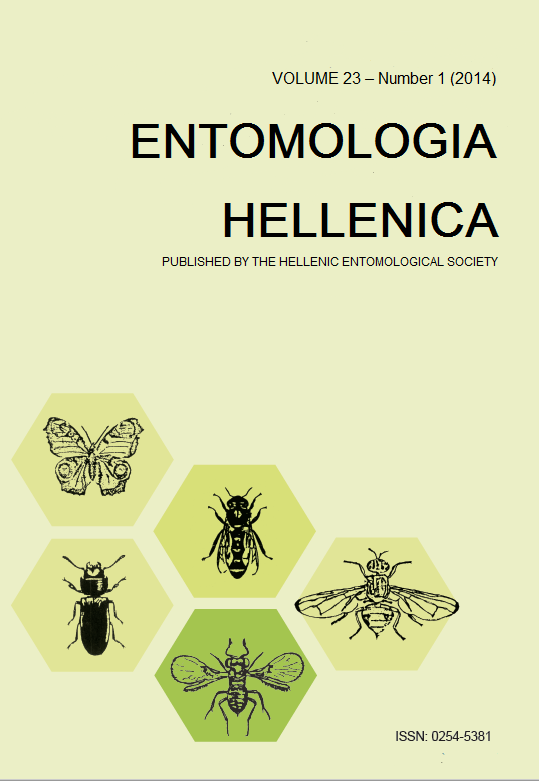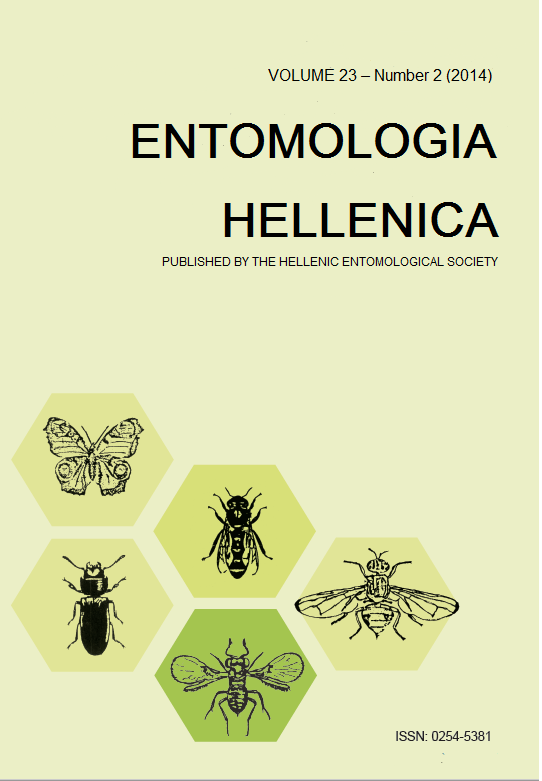Soil arthropod biodiversity in plain and hilly olive orchard agroecosystems, in Crete, Greece

Abstract
Soil arthropod biodiversity was monitored in 24 olive orchards located in eight different sites in Messara, Crete, covering the two main agroecological zones of olive oil production, hilly and plain. Monitoring was done weekly for five weeks per season, from autumn 2011 to summer 2012, using pitfall traps. Subgroups of functional taxa were defined with respect to services of biological pest control and of nutrient cycling. Comparison of the different agroecological zones in terms of abundance and diversity of soil arthropods and functional subgroups was performed. Coleoptera (39.52%), Formicidae (27.3%), Araneae (8.77%) and Collembola (5.32%) were the most abundant taxa found in the olive orchards. Hilly orchards presented higher total arthropod diversity, but lower abundance due to family Tenebrionidae. Arthropod richness did not differ between agroecological zones. Functional arthropods were a major part of total abundance (76.7%) and presented a trend of higher catches abundance in the hilly orchards arthropods with seasonally statistically significant differences. Shannon Index of Diversity showed higher arthropod diversity in the hilly orchards, being significantly higher in spring. The less intensive olive production in hilly areas appeared to favour soil arthropod diversity.
Article Details
- How to Cite
-
Gkisakis, V. D., Kollaros, D., & Kabourakis, E. M. (2014). Soil arthropod biodiversity in plain and hilly olive orchard agroecosystems, in Crete, Greece. ENTOMOLOGIA HELLENICA, 23(1), 18–28. https://doi.org/10.12681/eh.11531
- Issue
- Vol. 23 No. 1 (2014)
- Section
- Articles

This work is licensed under a Creative Commons Attribution-NonCommercial-ShareAlike 4.0 International License.
Authors who publish with this journal agree to the following terms:
Authors retain copyright and grant the journal right of first publication with the work simultaneously licensed under a Creative Commons 4.0 license.
Authors are able to enter into separate, additional contractual arrangements for the non-exclusive distribution of the journal's published version of the work (e.g. post it to an institutional repository or publish it in a book), with an acknowledgement of its initial publication in this journal. Authors are permitted and encouraged to post their work online (preferably in institutional repositories or on their website) prior to and during the submission process, as it can lead to productive exchanges, as well as earlier and greater citation of published work.




